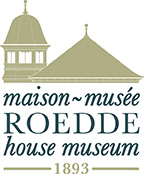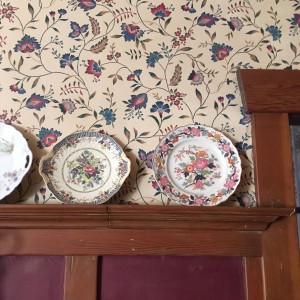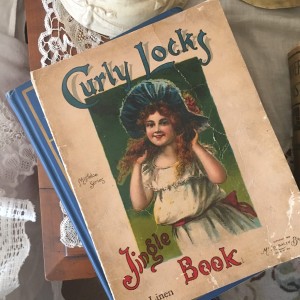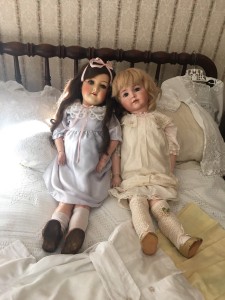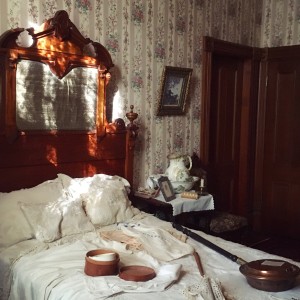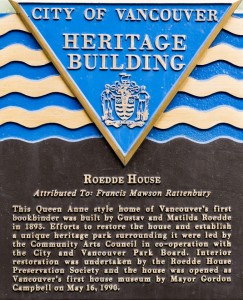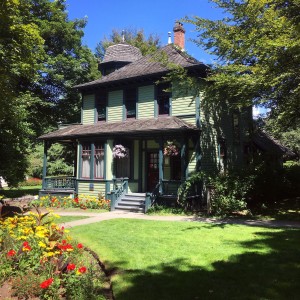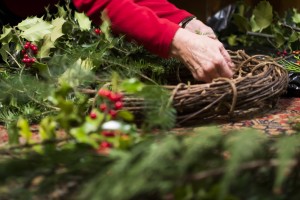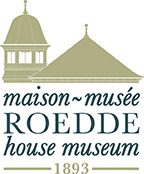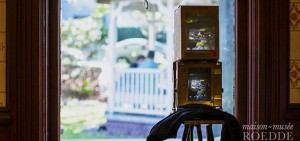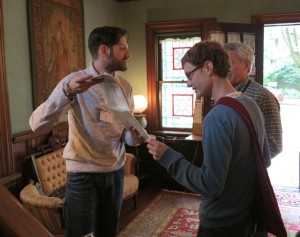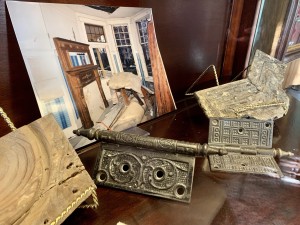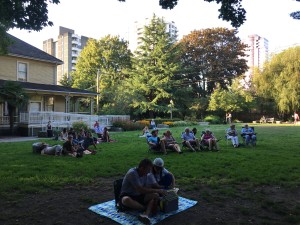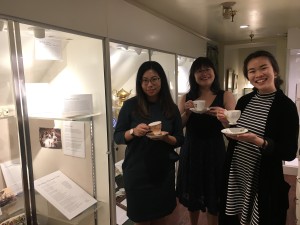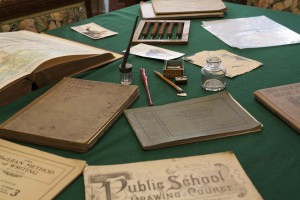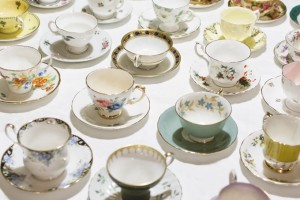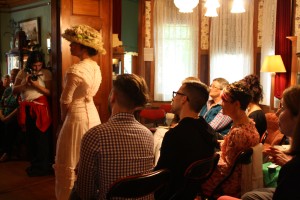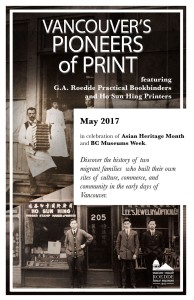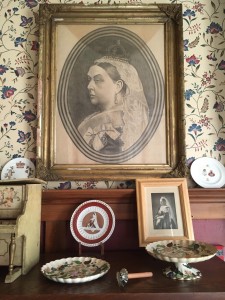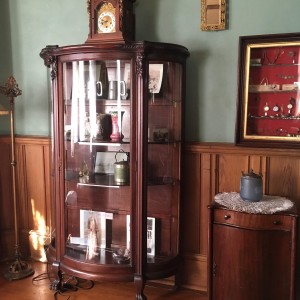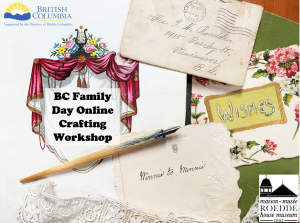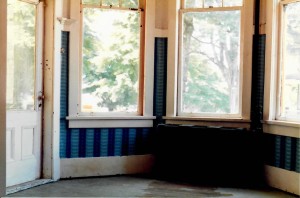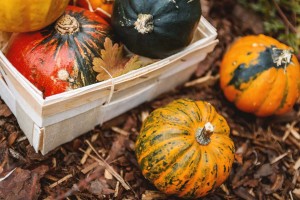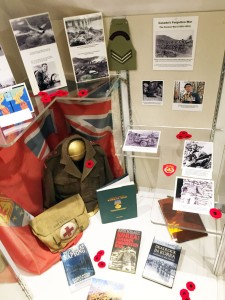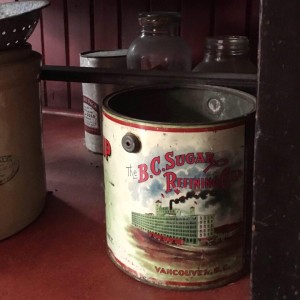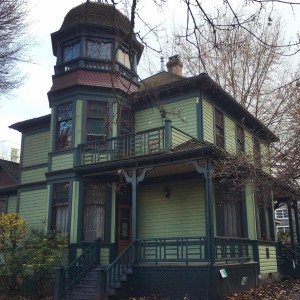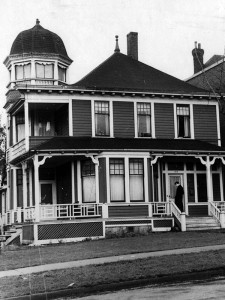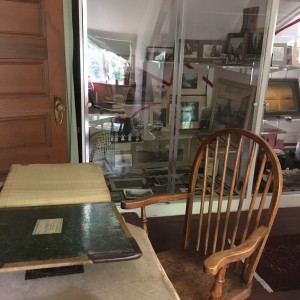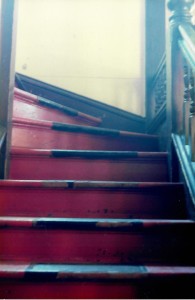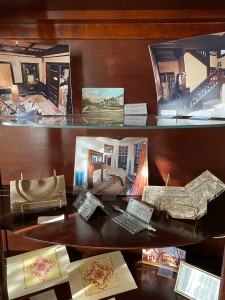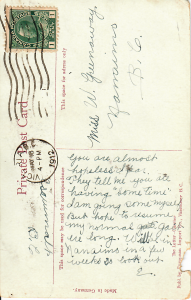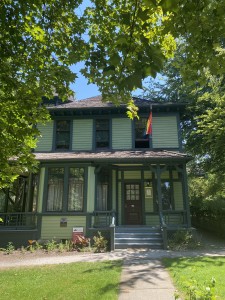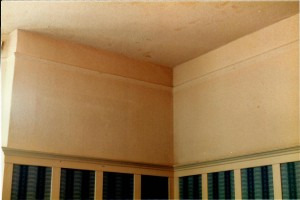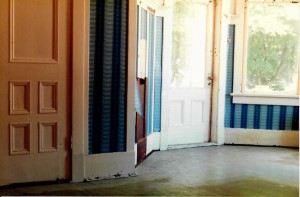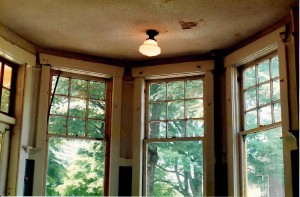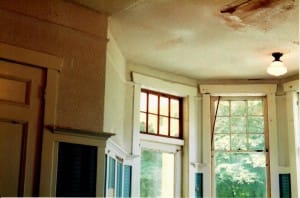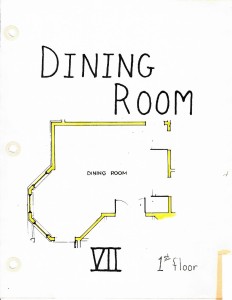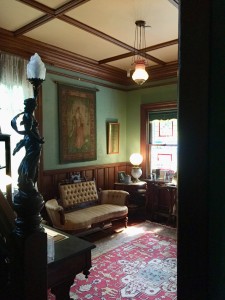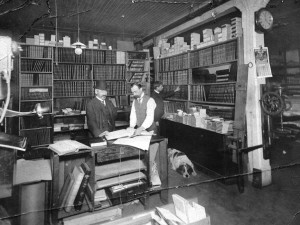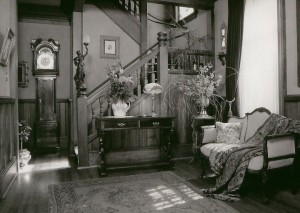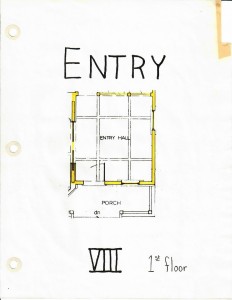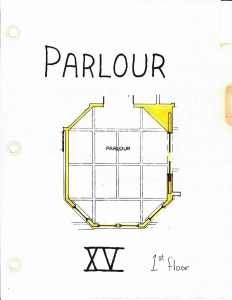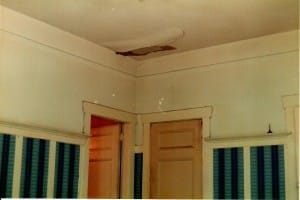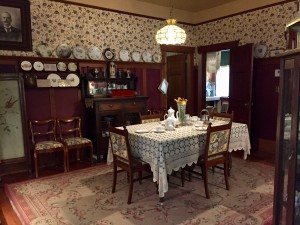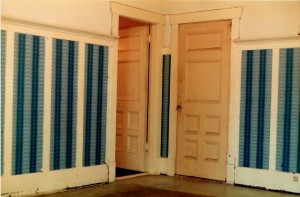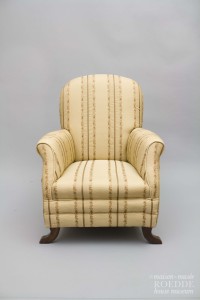Parent’s Bedroom Explanation
When the Roedde family was living in the house in the late nineteenth and early twentieth centuries, the master bedroom was located right next to the kitchen. More specifically, this was Gustav and Matilda’s bedchamber. In 1927, 3 years after the family moved out, the property was sold to a man named Horace William Jeffery. Even after Mr. Jeffery passed away, the house was still in his own family. His wife, Clara Jeffery, and his daughter, Helen Isabel Oehlerking lived in the back portion of the first level during Roedde House’s rooming and boarding house period. Such a portion included the master bedroom and the northwest lean-to, or the den. In fact, two doorways had been installed in the north wall to lead one into either kitchen-north or the sunroom in the lean-to. As part of the restoration project, the doorway which once led into the sunroom was patched up, leaving just one doorway connecting the master bedroom and the den.
When workers reached this room in their 1980’s restoration project, they recorded many of their observations on paper. Such observations were made for each wall in the room, as well as the built-in closet on the east wall. Different characteristics were emphasized upon for each respective area. For the north wall, the focus was on structure-supporting substances and materials. The findings to be discussed now were unearthed before workers removed the lath in this part of the room. Most notably, the restorers noticed that many holes in the lath had been covered up with wooden boards in the past. For instance, in the lower east section of the wall, one hole went through onto the side of the northwest lean-to. This was sealed by a small board behind the lath. As well, another hole existed a few feet above. Whilst a plaster plug covered one side of this hole, the other side—the side of the lean-to—was found to be plugged with wood. Other holes, like one even further up than the one aforementioned, did not go all the way through the wall. In addition to the sealed holes, restoration workers found a piece of Gyproc on the wall. As a side-note, it is worthwhile to mention that there existed four wires behind the lath that went up into the ceiling.
As part of the restoration project, workers then removed the lath from the north wall. This led them to a plethora of other findings. Again, most of these were concerned with structure-supporting materials. Firstly, the restorers came across two boards on the east side of the wall—between one of the studs and the frame of the door previously leading into kitchen-north. Each of these boards were 1” in width. A short distance away, workers unravelled two studs which each bore a hole through which a couple of wires could pass. It was in this same area that a peg was found sticking out of the wood behind the lath. The west side of the north wall was just as abundant in its number of structural characteristics. Above the doorway leading into the sunroom and close to the ceiling, there were angled boards and horizontal boards that had been installed with square nails. Next, to the left of the doorway previously touched upon, workers noticed that a piece of wood had been nailed to another one of the studs. Alongside recording their observations on all these features, the restorers also made structural changes of their own. On the edge of the north wall’s west side was a rotten stud. After cutting it 27 ½” from the floor, workers replaced the metal piece with a 2 X 4 wooden board. Then, on the immediate right of the doorway leading into the sunroom, a rough board that had been installed with square nails was cut off to make room for new wood. Lastly, some of the angled shiplap on the north wall’s west side had also decayed, and was thus removed.
Whereas those for the north wall appeared to revolve around structural characteristics, the observations recorded for the south, west and east walls centered around the subject of wall coverings. The south wall will be discussed first. Examining the coverings on this wall necessitates first and foremost a general understanding of the plaster present. In the middle portion of the wall, workers found an old plaster patch that was dark grey in colour. Furthermore, a few inches below, underneath the original wallpaper, were two sets of plaster repairs. On top of the plaster in the bottom right corner of the wall, the restorers unearthed crayon scribbles and pink paint. These traces were covered by a layer cream-coloured textured wallpaper. In fact, as such wallpaper was found on the entire wall in general, it appeared to be the original layer at first. Indeed, the same cream-coloured ivy pattern was found on a piece of Gyproc on the east side of the wall, under the picture rail on the west side, as well as under the door leading into the dining room. Nevertheless, the area of the picture rail’s middle piece proved otherwise. Although the same cream-coloured textured layer was found underneath the moulding, there were in fact strips of different wallpaper found underneath that layer. In terms of design, these strips were cream-coloured, but also bore blue vertical stripes.
Wallcovering was just as dominant as a topic in workers’ notes on the west wall. While there was no wallpaper or paint under the window moulding itself, such materials were present elsewhere on the wall. Immediately under the window moulding, a rectangular patch of green and blue paint was found on the plaster. A few inches to the left on such plaster, there was also a small strip of pink paint. Moreover, it should be noted that the floor moulding was painted everywhere except for one rectangular spot that was underneath the aforementioned window. As for wallpaper, there were two significant findings that the workers came across. The first pertained to the picture rail area. Here, the restorers not only found the same cream-coloured wallcovering that was on the south wall, but they also unveiled a layer of star-patterned paper slightly underneath it. Interestingly, this star-patterned wallpaper, termed as the “Radiating star wallpaper” in worker’s notes, also appeared in what was formerly the boy’s bedroom during the restoration project. Along the edge of such a layer in the master bedroom, the number 542 was repeatedly printed about every 2 to 3 feet. The other wallpaper-related finding unravelled itself just above the floor moulding. In this area, there appeared to be a piece of wallpaper that was identical to the one behind the moulding of the door leading into kitchen-north.
With regards to the east wall, the issue of wallcovering was further prevalent in the notes of restoration workers. The observations recorded were predominantly concerned with the picture rail area. The picture rail moulding was situated 99” from the floor. A few inches underneath, there were two layers of wallpaper that workers specifically documented. Among these a sheet that was tan in colour and printed with brown flowers. Underneath this layer was one was that was just as tan in colour, but also bore small silver grid patterns. In accompaniment with this finding, the restorers found a 6” hole in this area that went straight through the wall and into kitchen-north.
Beyond the walls, restoration workers recorded details about the closet that was built into the east wall of the master bedroom. For a start, the plaster on this wall was described in the same manner as that which had been found in the upstairs bathroom; in addition to being coarse, gray and weak, the substance also contained horse hair. About 4 ½” to 5’ above the floor, there was a 3” wide trim that had been installed over such unpainted plaster. Finally, when examining this area, the restorers deduced that wallpaper and paint had been applied onto the unpainted plaster in a similar manner both above and below the trim. In both instances, one layer of wallpaper had been applied directly onto the plaster. However, whilst only part of the wallpaper was covered with latex flat off-white paint above the trim, the light brown wallpaper below the trim was covered in its entirety by such paint. For more information on the findings that workers came across in the master bedroom, see the notes Master Bedroom V affixed to the bottom of this page.
